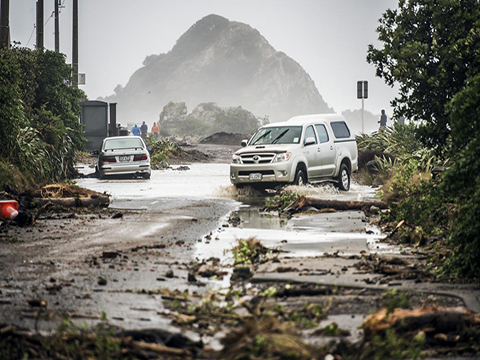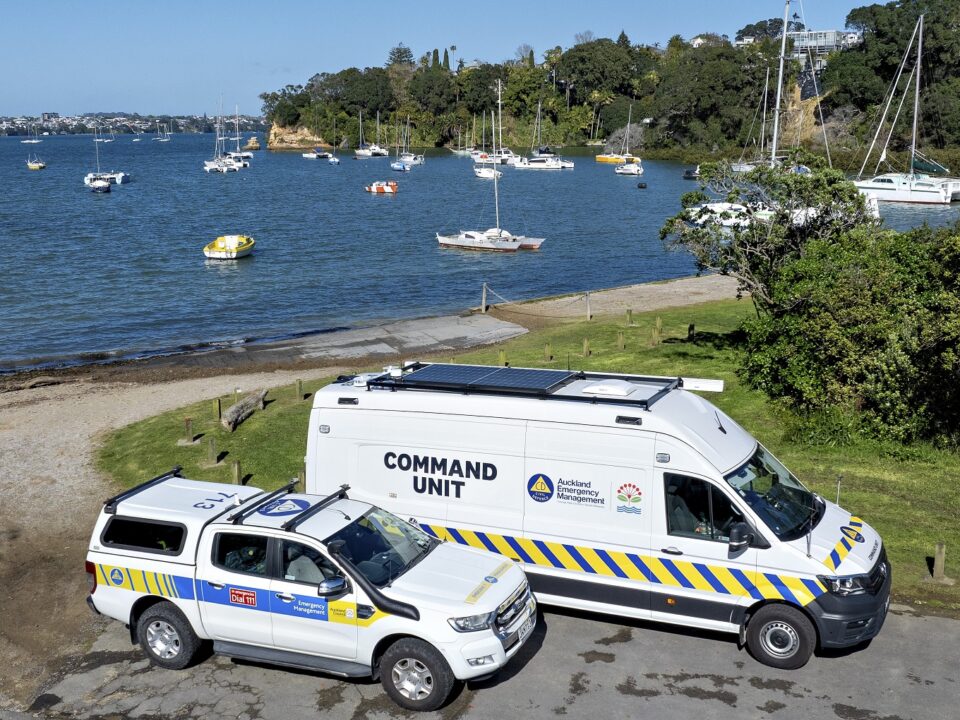Emergency Kits in the Face of NZ’s Natural Challenges
December 15, 2023Survival Kit Annual Check-up
February 1, 2024Creating a survival kit tailored to New Zealand’s unique environment and potential challenges is crucial. Here are the top 10 survival kit items for New Zealand:
- Water Purification System: Access to clean water is essential. Include water purification tablets, a portable water filter, or a purification pump to make water safe to drink from rivers, lakes, or streams.
- Emergency Shelter: Pack a lightweight, durable shelter such as a tent, tarp, or emergency bivvy sack to protect against New Zealand’s unpredictable weather conditions, including rain, wind, and cold temperatures.
- Multi-Tool: A versatile tool like a multi-tool or a sturdy knife is invaluable for various tasks such as cutting, slicing, chopping, and even self-defense if needed.
- Emergency Food: Include high-energy, non-perishable food items like energy bars, freeze-dried meals, nuts, and jerky to sustain energy levels during emergencies or while awaiting rescue.
- Fire Starting Kit: Carry multiple fire-starting methods such as waterproof matches, a lighter, fire starter rods, or a magnesium fire starter to create fire for warmth, cooking, signaling, and morale.
- Headlamp or Flashlight: Hands-free lighting for navigating in the dark or signaling for help.
- First Aid Kit: Prepare a comprehensive first aid kit containing essential supplies such as bandages, antiseptic wipes, adhesive tape, pain relievers, tweezers, and any personal medications you may need.
- Emergency Communication Device: Carry a fully charged cell phone with a backup power bank, a satellite phone, or a personal locator beacon (PLB) to call for help and alert authorities in case of emergencies.
- Weather-Appropriate Clothing: Dress in layers with moisture-wicking base layers, insulating mid-layers, and waterproof outer layers to stay warm, dry, and protected from the elements.
- Emergency Whistle and Signaling Devices: Include a loud emergency whistle, signal mirror, or brightly colored flag to attract attention and communicate distress signals to rescuers or passing aircraft.
Before embarking on any outdoor adventure in New Zealand, ensure you have the necessary skills to use these survival kit items effectively and responsibly. Additionally, always inform someone of your planned itinerary and expected return time when venturing into remote areas.




